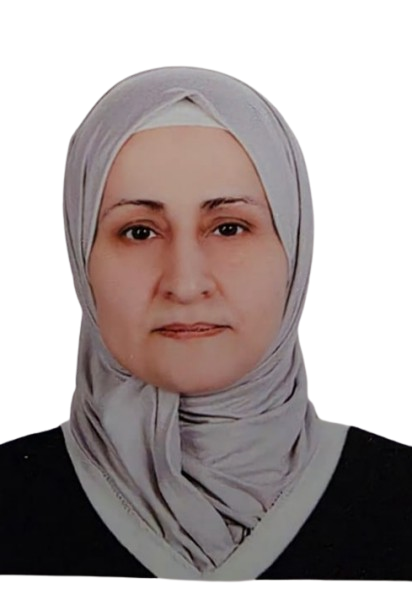Ovarian Cysts in Reproductive-Age Women: Diagnosis and Management
Best Services In The Area

Ovarian Cysts During Reproductive Age (Before Menopause)
Ovarian cysts are common during the reproductive years. Statistics show that about 10% of women undergo some form of surgery in their lifetime due to an ovarian mass.
Understanding Ovarian Cysts in Reproductive-Age Women Diagnosis and Management
Key Facts:
1- Most ovarian cysts are benign (non-cancerous) in premenopausal women.
2- The risk of malignancy is very low—about 1 in 1,000 cases.
Common Symptoms:
Most cysts are asymptomatic and discovered incidentally.
Sudden lower abdominal pain may occur due to cyst torsion or rupture.
Urinary symptoms may appear if the cyst is large and presses on the bladder.
Abdominal bloating, digestive issues, and loss of appetite should prompt a thorough evaluation.
Ovarian Cyst Evaluation:
1- Pelvic ultrasound (first and most important tool).
2- Gynecological exam.
3- Laboratory tests:
– CA-125
– LDH
– AFP
– β-HCG
4- MRI scan may be needed in certain complex cases.
By combining ultrasound findings + CA-125 level + menopausal status, a malignancy risk score can be calculated to guide treatment decisions.
Management Based on Size and Type:
- Functional simple cysts (<5 cm):
- Thin wall, clear fluid content.
- Usually resolve on their own within 2–3 menstrual cycles.
- No treatment or follow-up needed.
- Simple cysts (5–7 cm):
- Require annual ultrasound follow-up.
- Cysts >7 cm:
- Require MRI or surgical evaluation depending on the case.
Any sudden abdominal pain, regardless of cyst size, warrants immediate medical consultation.
Cysts That Require Closer Evaluation:
1- Cysts with non-fluid contents (e.g., solid, hemorrhagic).
2- Cysts with internal septations or projections.
3- Bilateral cysts.
4- Presence of ascitic fluid in the abdomen.
5- Large-sized cysts.

Dr. Patrick Azir

Dr. Alaa Hishmeh

Dr. América Escandón

Dr. Ismail Madookh

Dr. Wahb Ziyoud

Dr. Rana Malouk

Dr. Firas Dib

Dr. Aiham Matanes

Dr Mansour Masoumi

Dr. Bassem Al Hussein

Dr. Elaf Mansour

Dr. Ghassan Al-Tawil

Dr. Ahmed El-Sawy

Dr. Rafeh Al-Hameed

Dr. Habib Dezhagah

Tasnim Yahia

Dr. Noha Haider

Dr.Abdulrhman Snttiha

Ahed sarraj

Dr. Radwan Sallam

Dr. Alaa Hakim

Dr. Amina Al-Asali

Dr. Hassan Al Tawil

Dr. Ghina Kogan

Dr Abdulrahman Alfakir

Dr Nizar Farwati

Dr. Huda Zahra

Dr. Molham Hassoun

DR.Talah Alrayes

Dr.Asmaa Alsaleem

Dr. Ayas Alaraki

Dr.osama almoree

Dr. Mohammed kenj

Doctor Sabreen Al Salem

Dr. Amira Abdelrahim Elgak Hassan

Dr. Nadin Merza

Dr. Mohammad Al balawai

Dr. Yasmin Tohme

Dr. Mira Hamed

Dr. Sami George

Dr. Adham Mansour

Dr. Mahyar Moutwwag

Dr. Hayat Muin Ismail

Dr. Azzam Aslan

Dr. Belal Rahima

Dr. Qusai Darwish

Dr. Majda Mohamed Khair Abdo

Dr. Ali Hassan

Dr. Naim Sarkis Satme

Dr. Mohamed Helmi Hussine

Dr. Ossama Mesbah Zaher

Dr. Ammar AL Farhan

Dr. Aya Sabsabi AlRifae

Dr. Mohammad Hayem Zin Alabdin

Dr. Nidal Habbak

Dr. Rachid Al-Kudsi Sabbagh

Dr. Amr Arafa

Dr. Majd Habeeb

Dr. Ahmad Qara Ali

Dr. Laila Al-Bahri

Dr. Abdul Jabbar Al Sobh

Dr. Lama Beshri

Dr. Asma Alghawi

Dr.Mais Zarzar

Dr. Ghada Satouf

Dr. Majd Al Farra

Dr. Yara Alhasibi

Dr. Fadi Nageeb

Dr. Assef Ahmad

Dr. Abdulrahman Al-Jabi

Dr. Mohammad Wahib Wahbeh

Dr. Samer Hijjo
